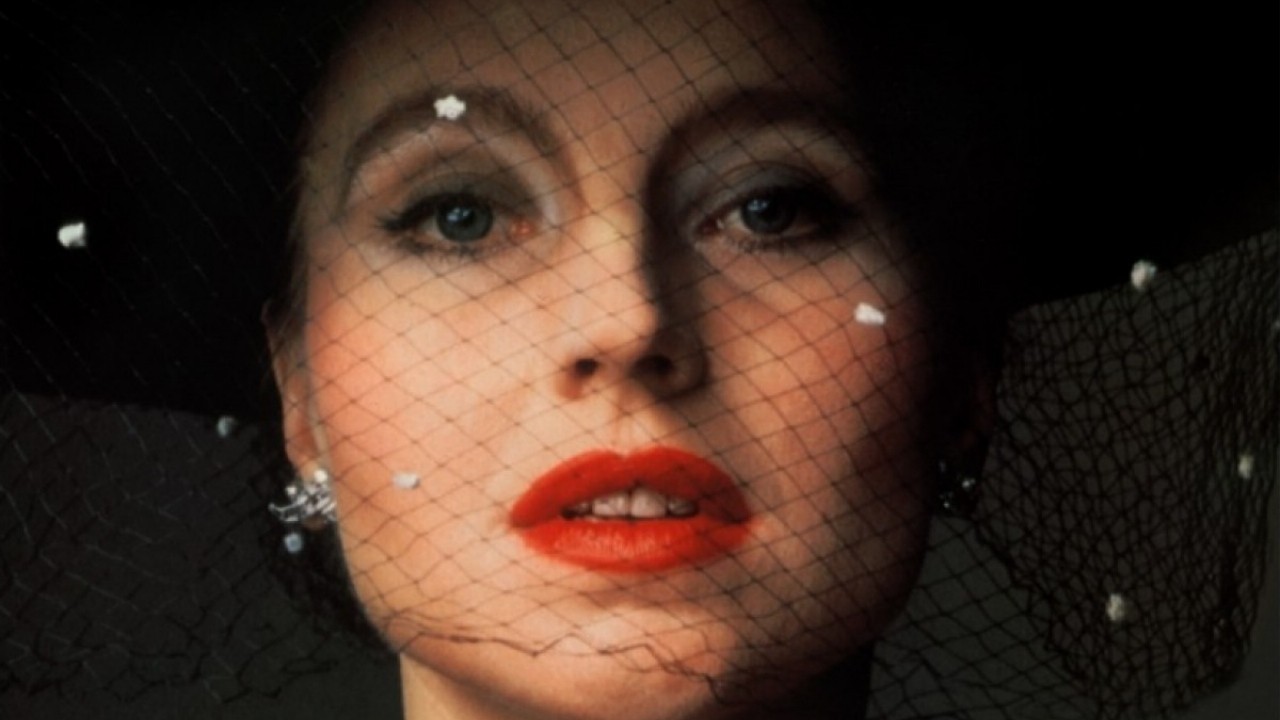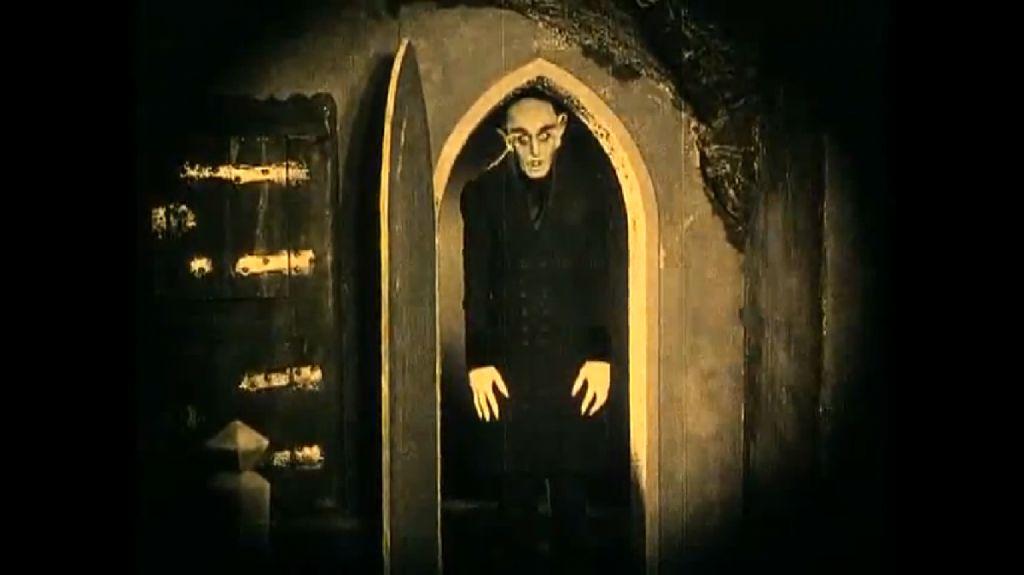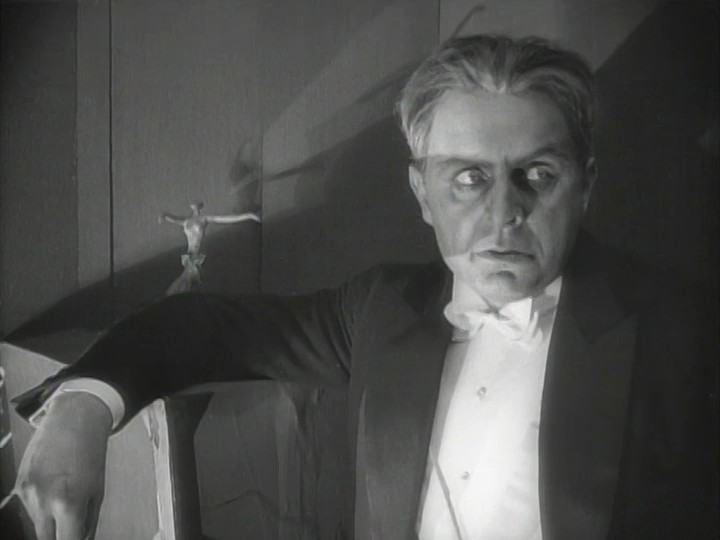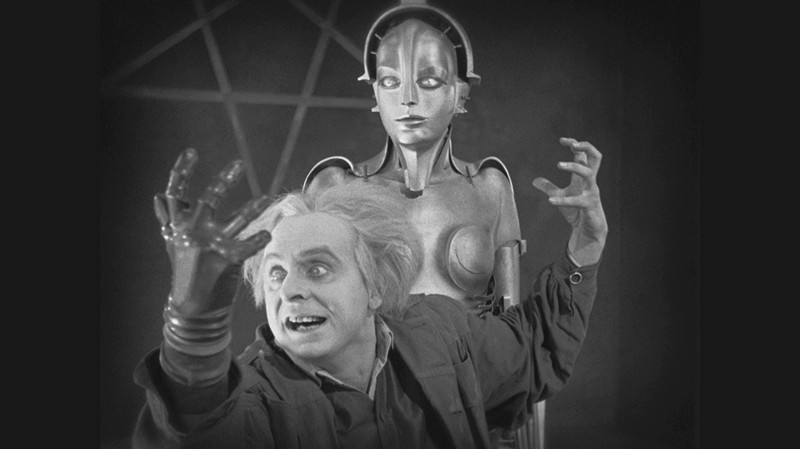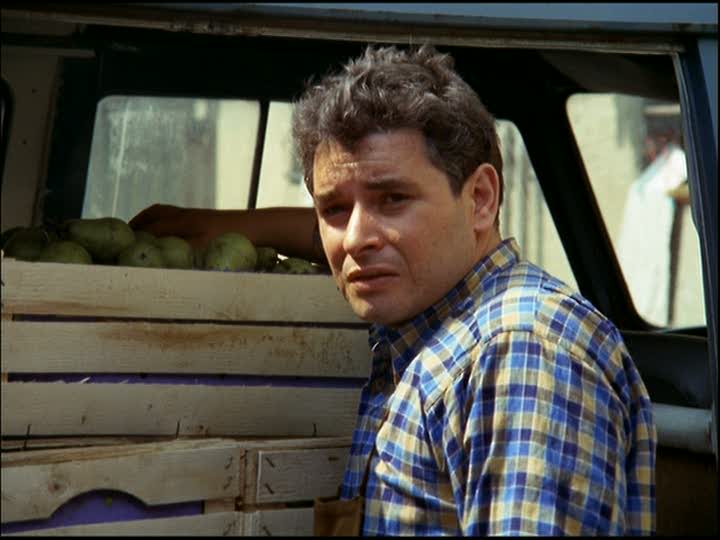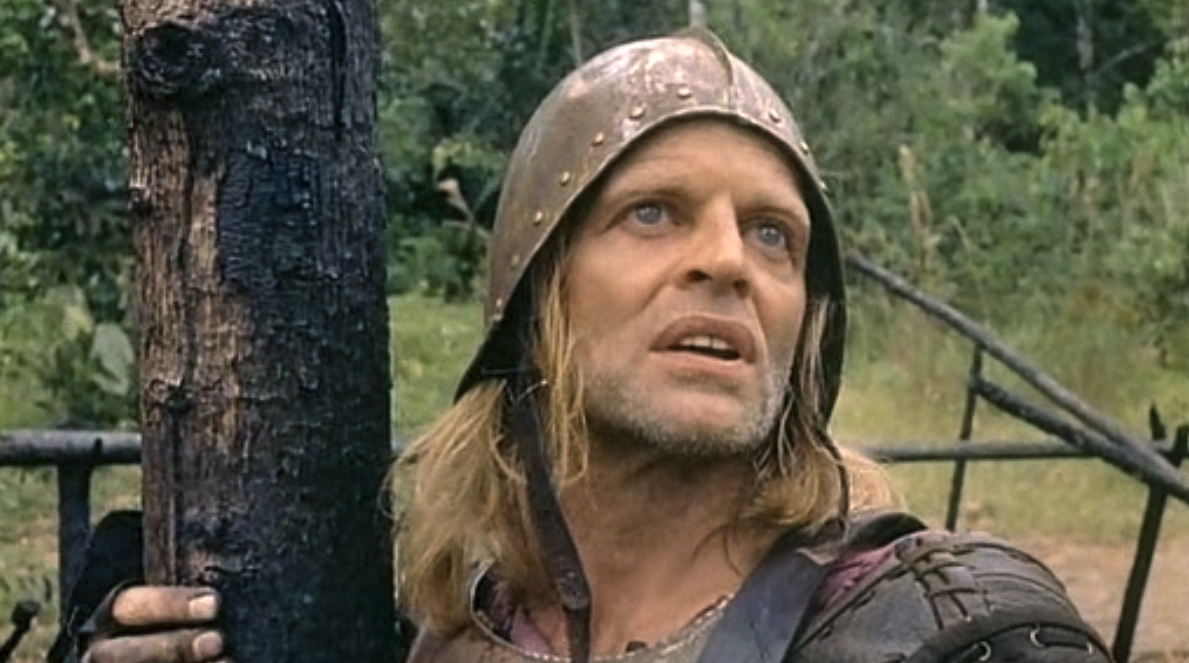We’ve talked you through the French and Italian movies from Martin Scorsese’s list of 39 movies that every young filmmaker should watch. Now for the Germans.
In many ways, this is a list that can be split into two distinct parts. Scorsese’s choices all come from either the Expressionist era (the main proponents being Fritz Lang and F.W. Murnau among others) or the era of New German Cinema (Neuer Deutscher Film), associated with Werner Herzog, Rainer Werner Fassbinder and Wim Wenders.
Expressionist cinema developed in Weimar after the first world war. It was closely tied to expressionist painting. Expressionist art sought to articulate psychological landscapes with more immediacy and intensity than had theretofore been achieved. Edvard Munch’s The Scream is the archetypal example of this.
Expressionist film-makers radically extended the language of cinema, using unusual camera angles, editing techniques and special effects to make the internal external, to make the world of the film resonate with the often disturbed psyches of the characters.
The New German Cinema was also a radical departure from what had come before. This was the wave of German directors who registered a need to break with a tradition mired in the horror of the Nazi era. These directors rejected what they saw as the blatant commercialism and moral complacency of the existing German film industry.
While the films of this era are as diverse as those of any other “new wave”, they are characterised by an evident familiarity with Italian Neorealism and the French Nouvelle Vague, while also critically acknowledging the ever-encroaching dominance of Hollywood.
Indeed, the directors of the New German Cinema are aesthetically closer to Scorsese than we may think: they all drew on powerful continental innovations in film-making, all the while fashioning something fresh and unique to their moment and place.
1. Nosferatu (F.W. Murnau, 1922)
The original vampire movie, and, arguably, still the best vampire movie of all time. As Roger Ebert wrote: this is “the story of Dracula before it was buried alive in clichés, jokes, TV skits, cartoons and more than 30 other films. The film is in awe of its material. It seems to really believe in vampires.”
As with Fritz Lang’s Metropolis, there are images from Nosferatu that will be familiar to anyone with a passing familiarity with visual culture. Max Schrek’s performance as Count Orlock (the film’s Dracula) is one of cinema’s most recognizable monsters. And yes, the actor’s name inspired the name of a certain Dreamworks character, as a kind of shorthand for ugliness.
Interestingly, the film’s vampire is not the tall, dark, suave and sophisticated vampire that modern audiences are more familiar with (whether it’s James Pattison, Christopher Lee or even Gary Oldman, leading vampires have a sex appeal noticeably absent from Nosferatu).
Nosferatu is quite a faithful adaptation of Bram Stoker’s Dracula, though understandably less detailed, and the setting is transferred from Britain to Germany.
It has been said that Nosferatu’s main failing is that it is not particularly scary. Even critics at the time suggested that the monster was too clearly depicted to be genuinely disturbing. It is a haunting and sometimes creepy movie, rather than a frightening one. Murnau was a master of scene-setting, mood and ambience.
While many of the familiar techniques of horror cinema were still to be developed, it is arguable whether such tricks would improve the film – more likely they would cheapen it and obscure the film’s lasting mystery.
Fans of Nosferatu should definitely check out E. Elias Merhighe’s Shadow of The Vampire (2000), a fictional account of the filming of Nosferatu, with Willem Defoe as Schrek/Orlock.
2. Dr. Mabuse the Gambler (Fritz Lang, 1922)
At four and a half hours long, Fritz Lang’s Dr. Mabuse the Gambler is understandably not as familiar to audiences as his Metropolis or M, for example. This was the first in a series of films based on the stories of Norbert Jacques.
Mabuse is a criminal mastermind who runs various gambling and counterfeiting rackets in the Berlin underworld. Conveying the interest of the time in paranormal psychology, Mabuse has the ability to control people’s minds using hypnosis.
Mabuse has unsuprisingly been compared to characters like Svengali, Fu Manchu, Moriarty and Fantomas. He primarily uses his powers for petty things like winning card games. One of his grander achievements, however, comes early on in the film, when he manages to influence the stock market and make a fortune from other people’s losses.
Despite its length, the film is tightly plotted, with a number of stand-out set-pieces. One can see the seeds here for the noir films that Lang would go on to make in Hollywood in the late-30s (The Big Heat being the most famous of these), which would in turn have a profound influence on the work of Scorsese.
3. Metropolis (Fritz Lang, 1927)
Metropolis has become one of those iconic silent films that everyone is familiar with, but haven’t necessarily watched in its entirety. Scenes have been re-used and recycled countless times over the years, but thankfully it’s still a perfectly fresh-looking movie.
As with so many German Expressionist films, the set-design is extraordinary. The metropolis itself features an eclectic mix of architectural styles, mainly influenced by modernist art, but also by Lang’s visit to New York. Lang obviously caught a glimpse of the future in New York – the sheer scale of everything (relative to his native Vienna) evidently inspired the film’s towering cityscapes.
Along with its visual power, Metropolis is also a film that deals seriously with socio-political themes. The deprivation of the working classes is depicted as a hellish enslavement to greedy bosses and terrifying machines. It is obviously a dystopian projection of the significant class divide Lang had witnessed in Weimar Germany.
Indeed, it is the protagonist’s sympathy with the plight of the workers that drives the film’s plot. When Freder, the idle son of Metropolis’ ruler, witnesses the dreadful working conditions of his father’s workers, he develops a deep sympathy with them, changing roles with a worker and exploring “the worker’s city”.
The goal of the film’s heroes is the bridging of the class divide, something which is prophesied by Maria, a woman from the worker’s city. The film is therefore not just an extraordinary display of set-design and special effects, it is also an insightful glimpse at the concerns people had and still have about the intersection of technology, labour and class in the present and future.
4. The Merchant of Four Seasons (Rainer Werner Fassbinder, 1971)
The Merchant of Four Seasons is often considered one of Rainer Werner Fassbinder’s best films, and it is a good introduction to his themes and style. As with his previous films, the characters here are flawed but not entirely unsympathetic. They are often selfish, stupid, self-destructive and downright cruel.
The main character is Hans (Hans Hirschmuller), who has returned to Germany from two years service with French Foreign Legion. He lives a life that yields him no satisfaction – selling fruit and vegetables on the street by day, drinking heavily at night (to the consternation of his wife and daughter). He dreams of the good old days, before he was dismissed from his job as a police-officer.
While on his sales route, he encounters the love of his youth, Anna, played by Hanna Schygulla, who appeared in twenty of Fassbinder’s films. Hans and Anna’s relationship was blocked by her parents, who regarded Hans as too low-class for their daughter. Throughout the film, she stands as a sad reminder to Hans of what could have been.
As usual, Fassbinder shows the influence of Douglas Sirk – long (often deep focus) shots of silent characters are common, as are melodramatic zooms at key moments. There is an intentional artificiality, and a forced distance placed between viewers and characters.
These techniques are part of what makes Fassbinder’s films simultaneously difficult to watch and captivating. It is often suggested that Fassbinder’s films are cruel, that he displays no sympathy with his characters. In fact, he was just mirroring what he saw as the cruelty of the world around him, and at that he was a master.
5. Aguirre, The Wrath of God (Werner Herzog, 1972)
Aguirre is in many ways the archetypal Werner Herzog movie. It was the first of Herzog’s collaborations with Klaus Kinski – an actor who’s image is now inseparable from the films he made with Herzog. Kinski was his usual volatile self while Aguirre filmed.
It is rumoured that Herzog threatened to shoot Kinski when he started refusing to work. While Herzog may think differently, it is tempting to think that the conflict between director and actor gave the film its extraordinary intensity – an intensity that has never really been replicated in Herzog’s similar though Kinski-less films.
The eponymous protagonist of the film is loosely based on Lope de Aguirre, a renowned Spanish conquistador. The film opens with one of the most spectacular shots in film history, a long shot of Aguirre’s troop slowly scaling a mist-bound Amazonian mountain-side.
The film was shot on location in Machu Picchu. As with Herzog’s later Fitzcarraldo, the difficulties presented by the location add much to the fascination of the film. The struggles of Aguirre and his troops are in some ways the struggles of Herzog and his crew. It also adds to the the film’s surprising believability.
Surprising, because the script was written by Herzog in two days, mostly from his imagination. While Herzog was indeed familiar with the real accounts of the conquistadors, there was no intention to make this a film of rigorous historical accuracy.
Aguirre is always a surprising viewing experience for viewers who are already familiar with Francis Ford Coppola’s Apocalypse Now. Aguirre was a huge influence on Coppola’s film. The notorious “River Boat Massacre” scene in Apocalypse Now is in part a shot-for-shot remake of a scene from Aguirre.
